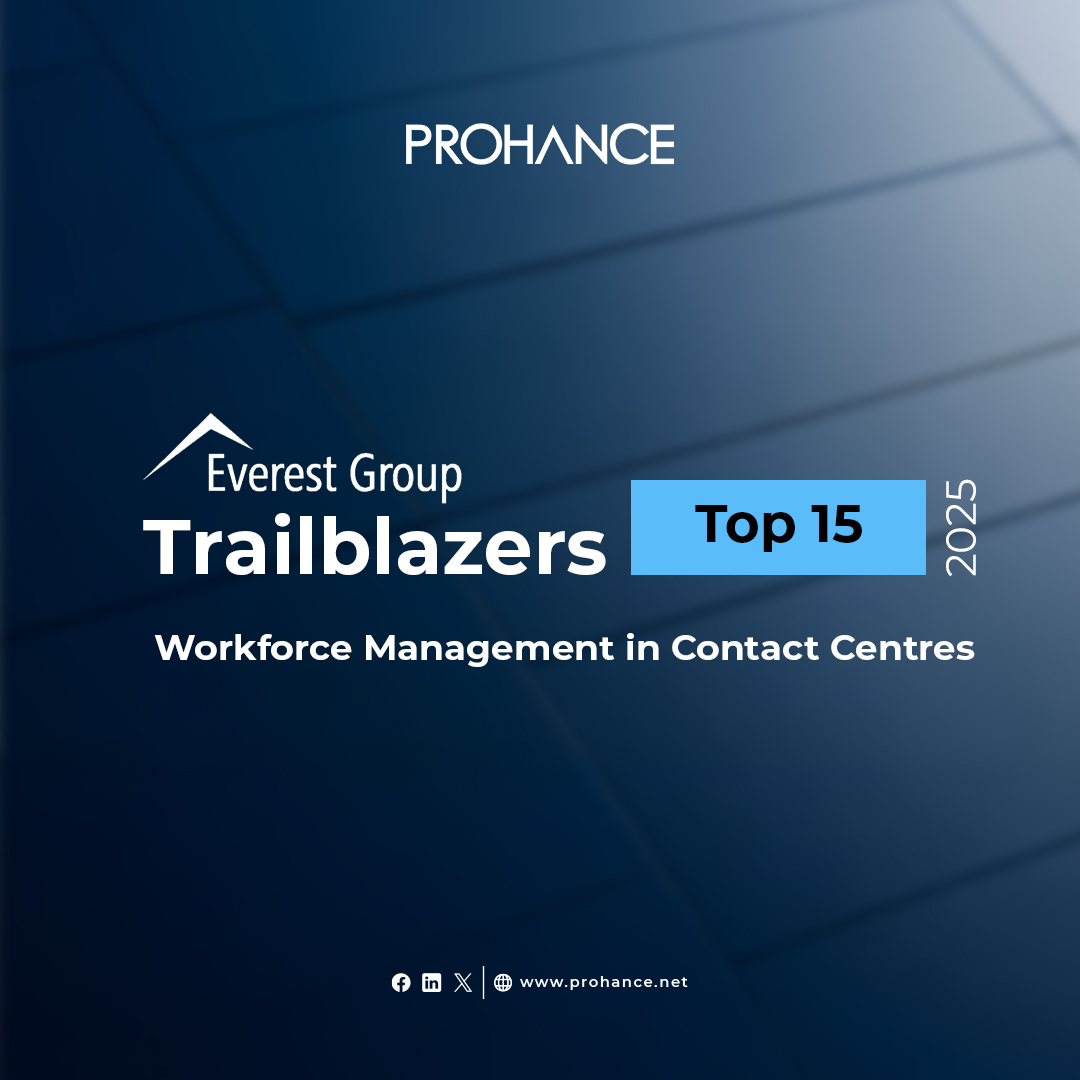Key Features:
Time Logging: Automated Time Trackers excel in recording and logging time spent on different tasks with precision. Users can effortlessly track start and end times, providing a comprehensive overview of their daily, weekly, or project-specific time allocations.
Task Categorization: These tools often include features allowing users to categorize activities or projects. This categorization enables a granular analysis of where time is being allocated, aiding in resource optimization and project planning.
Real-Time Monitoring: One of the significant advantages of Automated Time Trackers is the ability to monitor time usage in real-time. Users and managers can gain instant insights into ongoing tasks, allowing for timely adjustments and informed decision-making.
Reporting and Analysis: Comprehensive reporting functionalities are a hallmark of Automated Time Trackers. Users can generate detailed reports, charts, and graphs that provide a visual representation of time distribution, making it easier to identify patterns, trends, and areas for improvement.
Advantages of Using an Automated Time Tracker:
Enhanced Accuracy: Automation reduces the risk of human error associated with manual time tracking. This leads to more accurate records, which is crucial for billing, project estimation, and compliance purposes.
Improved Productivity: By providing visibility into time usage, Automated Time Trackers empower individuals and teams to identify inefficiencies and optimize workflows. This, in turn, enhances overall productivity.
Client Billing and Invoicing: For freelancers and service-based businesses, Automated Time Trackers simplify the billing process by accurately capturing billable hours. This ensures fair and transparent invoicing for clients.
Project Management Optimization: Project managers can use Automated Time Trackers to monitor the progress of tasks, allocate resources effectively, and make data-driven decisions for project optimization.

